Pakistan, a land of mesmerizing landscapes, ancient history, and vibrant culture, is a rising star in global tourism. The best places to visit in Pakistan, particularly the Northern Areas, offer an extraordinary blend of natural beauty, adventure, and cultural richness. From the snow-capped peaks of Gilgit-Baltistan to the bustling streets of Lahore, Pakistan’s tourist attractions cater to every traveler—whether you’re seeking heart-pounding treks, spiritual retreats, or culinary delights.
In this Detailed guide, we dive deep into 15 must-visit Pakistan travel destinations, with a special focus on the breathtaking Northern Areas attractions in Gilgit-Baltistan and Khyber Pakhtunkhwa. Packed with detailed insights, practical tips, and Important Note Tips for each location, this SEO-optimized article is your ultimate resource for planning an unforgettable trip to Pakistan.
Why Pakistan is a Must-Visit Destination
Pakistan tourism is flourishing, driven by its diverse geography and cultural heritage. The Northern Areas of Pakistan, often called the “roof of the world,” feature some of the planet’s most dramatic landscapes, including the Karakoram and Himalayan ranges.
Beyond the mountains, Pakistan offers UNESCO World Heritage Sites, vibrant cities, and pristine beaches along the Arabian Sea. Whether you’re exploring Pakistan adventure tourism, delving into its 5,000-year-old history, or savoring its spicy cuisine, the country promises experiences that linger long after your trip ends.
This guide highlights 15 top places to visit in Pakistan, with 10 destinations in the Northern Areas (Gilgit-Baltistan and Khyber Pakhtunkhwa) and 5 iconic spots elsewhere to showcase the country’s diversity. Each section includes detailed descriptions, activities, dining, accommodations, and Important Note Tips to ensure a seamless travel experience.
Top 15 Best Places to Visit in Pakistan
Here’s an in-depth look at the 15 best Pakistan tourist destinations, starting with the awe-inspiring Northern Areas.
1. Hunza Valley: The Crown Jewel of Gilgit-Baltistan
Overview: Nestled in Gilgit-Baltistan, Hunza Valley is a postcard-perfect destination that epitomizes the beauty of Pakistan’s Northern Areas. Surrounded by towering peaks like Rakaposhi (7,788m) and Ultar Sar, Hunza is renowned for its lush orchards, ancient forts, and vibrant culture. The valley’s welcoming locals, known for their longevity, add to its charm.
Top Attractions:
-
Altit Fort: A 900-year-old fortress with stunning views and a museum showcasing Hunza’s history.
-
Baltit Fort: A UNESCO-nominated site with intricate woodwork and panoramic vistas.
-
Attabad Lake: A turquoise gem formed by a 2010 landslide, ideal for boating and photography.
-
Karakoram Highway: One of the world’s most scenic roads, connecting Hunza to other Northern Areas.
-
Passu Cones: Dramatic, cathedral-like peaks perfect for hiking and Instagram shots.
Activities:
-
Trek to Eagle’s Nest for sunset views.
-
Shop for local handicrafts (rugs, shawls) in Karimabad Bazaar.
-
Taste Hunza’s apricot-based dishes, like Chapshuro (meat-filled flatbread).
Dining:
-
Café de Hunza: Famous for walnut cake and coffee.
-
Hidden Valley Restaurant: Offers local and continental dishes with lake views.
Accommodations:
-
Serena Hotel Hunza: Luxury with stunning views.
-
Eagle’s Nest Hotel: Mid-range, perfect for sunset seekers.
-
Local Guesthouses: Budget-friendly, offering authentic experiences.
Important Note Tips:
-
Visit in spring (April-May) for cherry blossoms or autumn (September-October) for golden hues.
-
Hire a local guide for treks to ensure safety.
-
Carry cash, as ATMs are scarce in Hunza.
-
Respect local customs by dressing modestly, especially near religious sites.
2. Skardu: Gateway to the Karakoram Giants
Overview: Skardu, in Gilgit-Baltistan, is a paradise for adventure seekers and nature lovers. Known as the gateway to K2 (8,611m), the world’s second-highest peak, Skardu offers rugged landscapes, serene lakes, and starry skies that make it a highlight of Pakistan adventure tourism.
Top Attractions:
-
Shangrila Resort: A heart-shaped lake surrounded by orchards, dubbed “Heaven on Earth.”
-
Satpara Lake: A tranquil spot for boating and picnics.
-
Skardu Fort: A historic site with views of the Indus River.
-
Deosai National Park: The world’s second-highest plateau, home to Himalayan brown bears.
-
Cold Desert: A surreal high-altitude desert with sand dunes.
Activities:
-
Trek to K2 Base Camp or Concordia for epic mountain views.
-
Camp under the stars in Deosai.
-
Explore local markets for gemstones like aquamarine.
Dining:
-
Baltistan Kitchen: Serves local dishes like Balti Yakhni.
-
Dewan-e-Khas: Offers Pakistani and Chinese cuisine.
Accommodations:
-
Shangrila Resort: Luxury with lake views.
-
Hotel One Skardu: Mid-range, centrally located.
-
Local Guesthouses: Budget options with warm hospitality.
Important Note Tips:
-
Book flights to Skardu early, as schedules are limited.
-
Pack warm clothing, even in summer, due to high altitude.
-
Acclimatize for a day to avoid altitude sickness.
-
Check road conditions for Deosai, as it’s seasonal (June-September).
3. Fairy Meadows: A Magical Alpine Retreat
Overview: Fairy Meadows, at the base of Nanga Parbat (8,126m), is a bucket-list destination in Gilgit-Baltistan. Accessible via a thrilling jeep ride and a 2-3 hour trek, this alpine meadow offers unparalleled views and a sense of serenity, making it one of the best Northern Areas attractions.
Top Attractions:
-
Nanga Parbat Viewpoint: A short hike for breathtaking mountain vistas.
-
Beyal Camp: A base for treks to Nanga Parbat’s base camp.
-
Reflection Lake: A small lake mirroring Nanga Parbat’s peaks.
Activities:
-
Camp under starry skies.
-
Trek to Nanga Parbat Base Camp (advanced trekkers).
-
Enjoy bonfires and local music evenings.
Dining:
-
Local Campsites: Offer simple meals like daal and chapati.
-
Raikot Sarai: Basic eatery en route to Fairy Meadows.
Accommodations:
-
Fairy Meadows Cottages: Basic huts with stunning views.
-
Tented Camps: Budget-friendly, immersive experience.
Important Note Tips:
-
Hire an experienced jeep driver for the rough road from Raikot Bridge.
-
Pack trekking gear and warm layers for cold nights.
-
Book accommodations in advance during peak season (June-August).
-
Avoid visiting in winter due to heavy snow.
4. Swat Valley: The Switzerland of Pakistan
Overview: Swat Valley, in Khyber Pakhtunkhwa, is a lush paradise often compared to Switzerland for its green meadows, rivers, and peaks. With a rich history tied to Buddhism and adventure opportunities, Swat is a top Pakistan tourist spot.
Top Attractions:
-
Malam Jabba: A ski resort with slopes and scenic chairlifts.
-
Butkara Stupa: Ancient Buddhist ruins from the 2nd century BC.
-
Marghazar: Home to the historic White Palace.
-
Kalam Valley: A gateway to lakes like Mahodand Lake.
Activities:
-
Ski or hike in Malam Jabba.
-
Raft on the Swat River.
-
Explore local bazaars for Swati shawls.
Dining:
-
Green Valley Restaurant (Kalam): Serves trout and Pakistani dishes.
-
White Palace Restaurant: Offers royal ambiance and local cuisine.
Accommodations:
-
PC Hotel Malam Jabba: Luxury with ski access.
-
Hotel Rock City (Kalam): Mid-range, scenic views.
-
Local Rest Houses: Budget-friendly in Mingora.
Important Note Tips:
-
Visit in summer (June-August) for lush greenery or winter for skiing.
-
Carry sunscreen and hats for high UV exposure.
-
Use Mingora as a base for day trips.
-
Respect local Pashtun customs, especially during festivals.
5. Naltar Valley: A Hidden Gem of Colors
Overview: Naltar Valley, near Gilgit in Gilgit-Baltistan, is a lesser-known treasure known for its vibrant lakes and pine forests. Its off-the-beaten-path vibe makes it a standout among Pakistan travel destinations.
Top Attractions:
-
Naltar Lakes: Three turquoise lakes (Satrangi, Blue, Bodhisat) accessible by jeep.
-
Naltar Ski Resort: A winter sports hub.
-
Naltar Wildlife Sanctuary: Home to ibex and snow leopards.
Activities:
-
Hike to the lakes for photography.
-
Ski or snowboard in winter (December-February).
-
Spot wildlife with a local guide.
Dining:
-
Naltar Guesthouse Eatery: Simple local meals.
-
Picnic by the Lakes: Pack food for a scenic meal.
Accommodations:
-
PTDC Motel Naltar: Basic but comfortable.
-
Local Guesthouses: Budget options with warm hosts.
Important Note Tips:
-
Rent a 4×4 vehicle for the rough road from Gilgit.
-
Visit in summer for lake access or winter for skiing.
-
Carry enough food, as dining options are limited.
-
Check weather forecasts, as roads can close.
6. Ghizer Valley: A Serene Escape
Overview: Ghizer Valley in Gilgit-Baltistan is a tranquil haven of rivers, lakes, and villages. Its centerpiece, Phander Lake, is a turquoise jewel, making Ghizer a must-visit for Northern Areas tourist attractions.
Top Attractions:
-
Phander Lake: Ideal for fishing and photography.
-
Khalti Lake: A serene spot for relaxation.
-
Yasin Valley: Known for its orchards and historic forts.
Activities:
-
Camp by Phander Lake.
-
Fish for trout with local permits.
-
Visit traditional villages like Teru.
Dining:
-
Local Guesthouses: Serve dishes like Giyaling (pancake with yak cheese).
-
Phander Lake Eatery: Basic meals with lake views.
Accommodations:
-
Phander Guesthouse: Budget-friendly with lake proximity.
-
PTDC Motel Ghizer: Simple but reliable.
Important Note Tips:
-
Visit in summer for pleasant weather and clear roads.
-
Carry cash, as ATMs are unavailable.
-
Book guesthouses in advance during peak season.
-
Respect local Ismaili customs, such as modest dress.
7. Chitral: A Blend of Culture and Nature
Overview: Chitral, in Khyber Pakhtunkhwa, is a cultural and scenic gem known for the unique Kalash people and towering Tirich Mir (7,708m). Its festivals and landscapes make it a highlight of Pakistan’s Northern Areas.
Top Attractions:
-
Chitral Fort: A historic landmark by the Chitral River.
-
Kalash Valleys (Bumburet, Rumbur, Birir): Home to the animist Kalash tribe.
-
Shah Jinali Pass: A scenic route to Mastuj.
Activities:
-
Attend Kalash festivals like Chilam Joshi (May).
-
Trek to Tirich Mir Base Camp.
-
Shop for Kalash embroidery in Bumburet.
Dining:
-
Pamir Riverside Inn: Offers local and continental dishes.
-
Kalash Guesthouse Eateries: Serve traditional Kalash meals.
Accommodations:
-
Hindukush Heights: Mid-range with stunning views.
-
Kalash Guesthouses: Budget options in Bumburet.
-
PTDC Motel Chitral: Basic but central.
Important Note Tips:
-
Visit in spring for Kalash festivals or summer for trekking.
-
Respect Kalash customs by asking permission before photographing.
-
Book flights to Chitral early, as schedules are limited.
-
Carry warm clothing for high-altitude evenings.
8. Astore Valley: The Land of Meadows
Overview: Astore Valley in Gilgit-Baltistan is a haven of alpine meadows and peaks, perfect for nature lovers. Its proximity to Deosai National Park makes it a top Pakistan adventure travel destination.
Top Attractions:
-
Rama Lake: A turquoise lake with camping spots.
-
Deosai National Park: Known for its wildlife and vast plains.
-
Minimarg Village: A remote, scenic settlement.
Activities:
-
Camp by Rama Lake.
-
Spot Himalayan brown bears in Deosai.
-
Trek to Rupal Face of Nanga Parbat.
Dining:
-
Local Guesthouses: Serve simple meals like Skardu soup.
-
Picnic in Deosai: Pack food for a scenic meal.
Accommodations:
-
PTDC Motel Astore: Basic but reliable.
-
Rama Lake Guesthouses: Budget-friendly with views.
Important Note Tips:
-
Visit in summer (June-September) for accessible roads.
-
Pack camping gear for Deosai adventures.
-
Hire a 4×4 for rough terrain.
-
Check for bear activity with park rangers.
9. Khunjerab Pass: The Highest Border
Overview: Khunjerab Pass, on the Pakistan-China border in Gilgit-Baltistan, is one of the world’s highest paved borders at 4,693m. Part of the Karakoram Highway, it offers surreal views of snow-clad peaks, making it a unique Northern Areas attraction.
Top Attractions:
-
Khunjerab National Park: Home to ibex, snow leopards, and yaks.
-
Border Gate: A symbolic photo spot.
-
Sost Village: A nearby base for exploration.
Activities:
-
Photograph the dramatic landscape.
-
Spot wildlife in the national park.
-
Shop for Chinese goods in Sost.
Dining:
-
Sost Eateries: Simple Pakistani and Chinese meals.
-
Picnic at the Pass: Pack food for a high-altitude meal.
Accommodations:
-
PTDC Motel Sost: Basic but convenient.
-
Local Guesthouses: Budget options in Sost.
Important Note Tips:
-
Visit in summer (May-September), as the pass closes in winter.
-
Carry oxygen tablets for high altitude.
-
Obtain a permit for the border area in advance.
-
Pack warm layers, as temperatures drop even in summer.
10. Neelum Valley: A Lush Paradise
Overview: Neelum Valley, in Azad Jammu and Kashmir, is a lush escape with waterfalls, rivers, and forests. Its proximity to the Line of Control adds a unique edge, making it a rising star in Pakistan tourism.
Top Attractions:
-
Keran: A scenic village by the Neelum River.
-
Sharda: Home to ancient Buddhist ruins.
-
Kutton Waterfall: A picturesque spot for picnics.
Activities:
-
Hike to Ratti Gali Lake.
-
Fish in the Neelum River.
-
Explore local markets for Kashmiri crafts.
Dining:
-
Neelum Star Restaurant (Keran): Serves trout and Pakistani dishes.
-
Local Dhabas: Offer simple meals with river views.
Accommodations:
-
Neelum View Hotel (Keran): Mid-range with river views.
-
JKTDC Rest Houses: Budget-friendly in Sharda.
-
Local Guesthouses: Affordable and authentic.
Important Note Tips:
-
Visit in summer for lush greenery or autumn for vibrant colors.
-
Check travel advisories due to proximity to the Line of Control.
-
Carry cash, as ATMs are rare.
-
Respect local Kashmiri customs, especially during prayers.
11. Lahore: The Cultural Heart of Pakistan
Overview: Lahore, in Punjab, is Pakistan’s cultural capital, blending Mughal grandeur with modern vibrancy. Its historic landmarks, bustling bazaars, and culinary scene make it a must-visit Pakistan travel spot.
Top Attractions:
-
Badshahi Mosque: A Mughal masterpiece with intricate designs.
-
Lahore Fort: A UNESCO site with palaces and gardens.
-
Shalimar Gardens: Another UNESCO site with serene landscapes.
-
Walled City: Home to narrow lanes and historic havelis.
-
Anarkali Bazaar: A food and shopping hub.
Activities:
-
Take a guided tour of the Walled City.
-
Enjoy street food like nihari and gol gappay.
-
Attend a qawwali performance at Data Darbar.
Dining:
-
Cooco’s Den: Iconic for Pakistani cuisine and rooftop views.
-
Haveli Restaurant: Offers Mughal dishes with fort views.
-
Food Street: A must for street food lovers.
Accommodations:
-
Pearl Continental Lahore: Luxury with central location.
-
Avari Hotel: Mid-range with modern amenities.
-
Local Guesthouses: Budget options in Gulberg.
Important Note Tips:
-
Visit in spring (February-March) for the Basant Festival.
-
Use ride-hailing apps like Careem for city navigation.
-
Dress modestly when visiting religious sites.
-
Bargain politely in bazaars for better deals.
12. Karachi: The Coastal Metropolis
Overview: Karachi, Pakistan’s largest city, is a dynamic blend of urban energy and coastal charm. Its beaches, historic sites, and diverse food scene make it a key Pakistan tourist attraction.
Top Attractions:
-
Clifton Beach: Perfect for sunset walks and camel rides.
-
Quaid-e-Azam Mausoleum: A tribute to Pakistan’s founder.
-
Empress Market: A bustling spot for spices and crafts.
-
Mohatta Palace: A colonial-era architectural gem.
-
Port Grand: A waterfront dining and entertainment hub.
Activities:
-
Shop for souvenirs in Zainab Market.
-
Enjoy seafood at Do Darya.
-
Visit Frere Hall for art exhibitions.
Dining:
-
Kolachi: Famous for seafood and waterfront views.
-
Burns Road: A street food paradise for kebabs.
-
Lal Qila: Offers a buffet with Pakistani and Mughal dishes.
Accommodations:
-
Movenpick Hotel: Luxury with sea views.
-
Beach Luxury Hotel: Mid-range near Clifton.
-
Local Guesthouses: Budget options in DHA.
Important Note Tips:
-
Visit in winter (November-February) for pleasant weather.
-
Avoid peak traffic hours (8-10 AM, 5-7 PM).
-
Use ride-hailing apps for safety and convenience.
-
Carry sunscreen for beach visits.
13. Multan: The City of Saints
Overview: Multan, in Punjab, is known as the “City of Saints” for its Sufi shrines and historical depth. Its blue pottery and vibrant bazaars add to its charm as a Pakistan travel destination.
Top Attractions:
-
Shah Rukn-e-Alam Shrine: A stunning mausoleum with glazed tiles.
-
Multan Fort: Offers views of the city and Chenab River.
-
Hussain Agahi Bazaar: Famous for pottery and textiles.
-
Bahauddin Zakariya Shrine: A spiritual hub for Sufi devotees.
Activities:
-
Shop for Multani khussa (shoes) and pottery.
-
Attend Sufi music evenings at shrines.
-
Explore the ancient Suraj Kund Temple.
Dining:
-
Shangrila Cuisine: Serves Multani specialties like sajji.
-
Ramada Multan Restaurant: Offers Pakistani and international dishes.
-
Local Dhabas: Try sohan halwa for dessert.
Accommodations:
-
Ramada Multan: Luxury with modern amenities.
-
Hotel One Multan: Mid-range, centrally located.
-
Local Guesthouses: Budget options near the fort.
Important Note Tips:
-
Visit in winter for cooler weather.
-
Dress conservatively, especially at shrines.
-
Hire a guide for historical insights.
-
Try local sweets like Multani sohan halwa.
14. Islamabad: The Serene Capital
Overview: Islamabad, Pakistan’s planned capital, is a green oasis with modern architecture and outdoor appeal. Its proximity to the Northern Areas makes it a great base for Pakistan travel.
Top Attractions:
-
Faisal Mosque: One of the world’s largest mosques, with stunning design.
-
Margalla Hills: Ideal for hiking and panoramic views.
-
Pakistan Monument: A lotus-shaped tribute to national unity.
-
Lok Virsa Museum: Showcases Pakistan’s cultural heritage.
-
Daman-e-Koh: A viewpoint for city vistas.
Activities:
-
Hike Trail 3 or Trail 5 in Margalla Hills.
-
Shop for handicrafts at Saidpur Village.
-
Enjoy a picnic at Lake View Park.
Dining:
-
Monal Restaurant: Offers Pakistani dishes with hilltop views.
-
Des Pardes: Known for traditional cuisine in Saidpur.
-
Street Food at G-9 Markaz: Try biryani and gol gappay.
Accommodations:
-
Serena Hotel Islamabad: Luxury with lush gardens.
-
Islamabad Marriott: Mid-range with modern amenities.
-
Local Guesthouses: Budget options in F-7.
Important Note Tips:
-
Visit in spring for blooming flowers.
-
Wear comfortable shoes for Margalla hikes.
-
Use taxis or Careem for city travel.
-
Check mosque visiting hours for non-Muslims.
15. Peshawar: A Historical Treasure
Overview: Peshawar, in Khyber Pakhtunkhwa, is one of South Asia’s oldest cities, blending Pashtun culture with ancient history. Its bazaars and forts make it a cultural gem among Pakistan’s Northern Areas.
Top Attractions:
-
Qissa Khwani Bazaar: A historic “Storytellers’ Market” for food and crafts.
-
Peshawar Museum: Houses Gandhara Buddhist artifacts.
-
Bala Hisar Fort: A Mughal-era fortress with city views.
-
Mahabat Khan Mosque: A 17th-century architectural marvel.
Activities:
-
Shop for Peshawari chappals and carpets.
-
Enjoy chapli kebabs in Namak Mandi.
-
Take a guided tour of the old city.
Dining:
-
Charsadda Shinwari: Famous for lamb karahi.
-
Namak Mandi Eateries: Try local kebabs and naan.
-
Café de Peshawar: Offers coffee and pastries.
Accommodations:
-
Pearl Continental Peshawar: Luxury with central location.
-
Fort Continental Hotel: Mid-range, near bazaars.
-
Local Guesthouses: Budget options in University Town.
Important Note Tips:
-
Hire a local guide for the old city’s narrow lanes.
-
Visit in winter for cooler weather.
-
Respect Pashtun customs, such as modest dress.
-
Bargain in bazaars for better prices.
Planning Your Trip to Pakistan: Essential Tips
To explore the best places to visit in Pakistan, especially the Northern Areas, keep these tips in mind:
-
Visa Requirements: Most nationalities need a visa. Apply via Pakistan’s e-Visa portal (visa.nadra.gov.pk) for convenience.
-
Best Time to Visit: Summer (June-August) for Northern Areas; spring (March-May) or autumn (September-November) for cities like Lahore and Karachi.
-
Getting Around:
-
Flights: Pakistan International Airlines and Serene Air connect major cities and Northern Areas (e.g., Skardu, Chitral).
-
Road: Rent 4×4 vehicles for Northern Areas; buses or private cars for urban routes.
-
Ride-Hailing: Use Careem or Uber in Lahore, Karachi, and Islamabad.
-
-
Safety: The Northern Areas are safe for tourists, but check travel advisories (e.g., travel.state.gov) for border regions or Balochistan.
-
Currency: Carry Pakistani Rupees (PKR); ATMs are scarce in Northern Areas.
-
Connectivity: Get a local SIM (Jazz or Telenor) or eSIM (Airalo) for internet access.
-
Health: Ensure vaccinations (e.g., Hepatitis A, Typhoid) and carry altitude sickness medication for Northern Areas.
-
Cultural Etiquette:
-
Dress modestly, especially in rural areas and religious sites.
-
Avoid public displays of affection.
-
Respect Ramadan fasting hours (no eating/drinking in public during daylight).
-
Why Pakistan’s Northern Areas Steal the Show
The Northern Areas of Pakistan—with their turquoise lakes, towering peaks, and warm communities—are the heart of Pakistan tourism. Destinations like Hunza, Skardu, and Fairy Meadows offer unparalleled natural beauty, while cultural hubs like Lahore, Peshawar, and Multan add historical and culinary depth. Whether you’re trekking to K2, savoring Multani sohan halwa, or wandering Karachi’s beaches, Pakistan delivers a kaleidoscope of experiences.
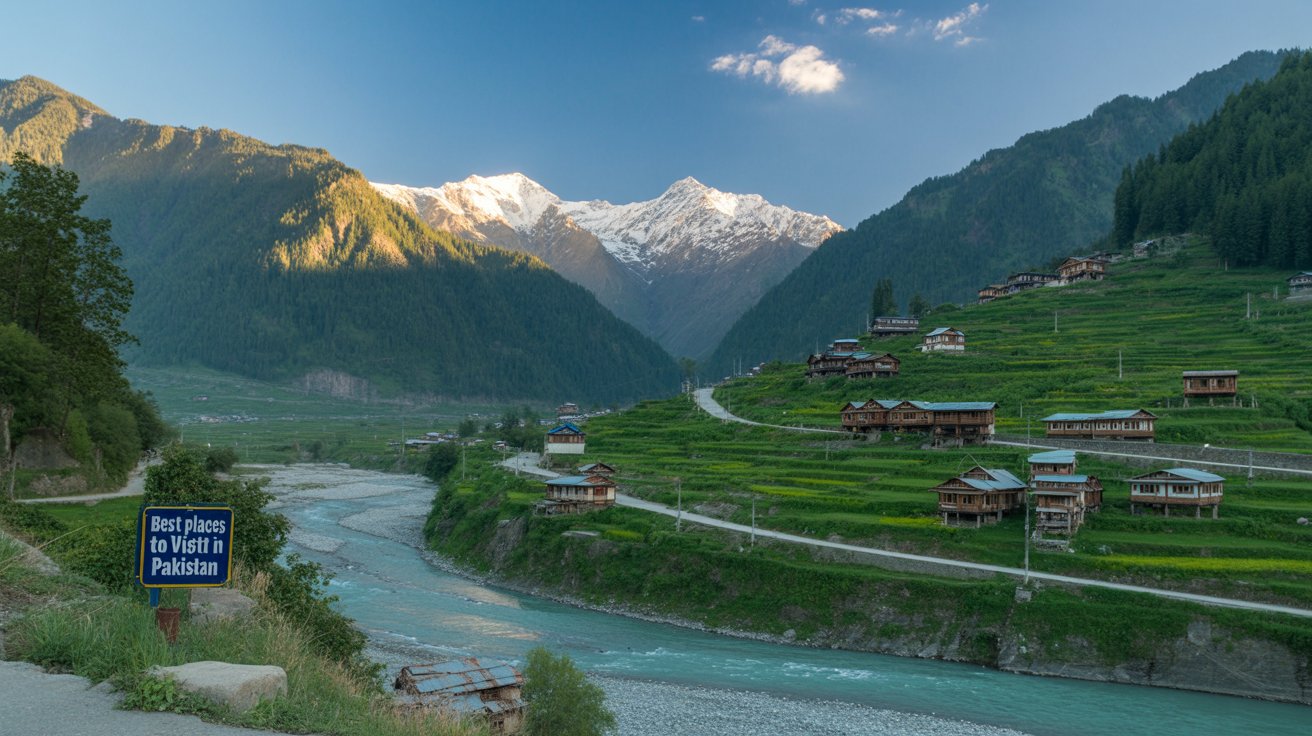
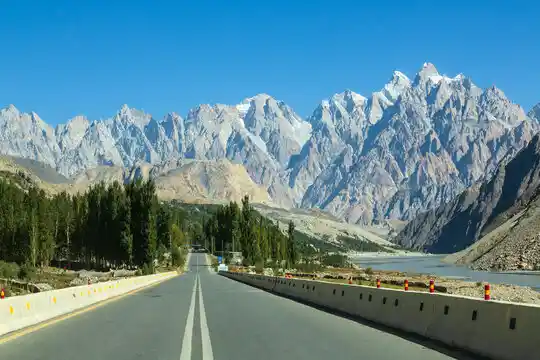
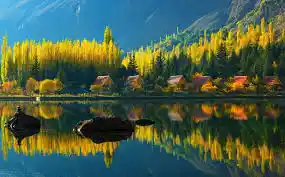
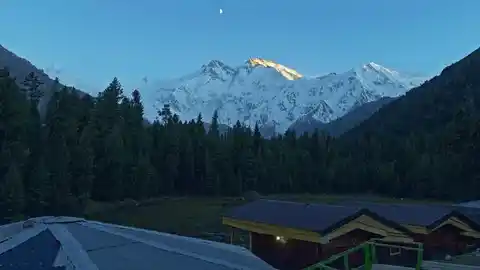


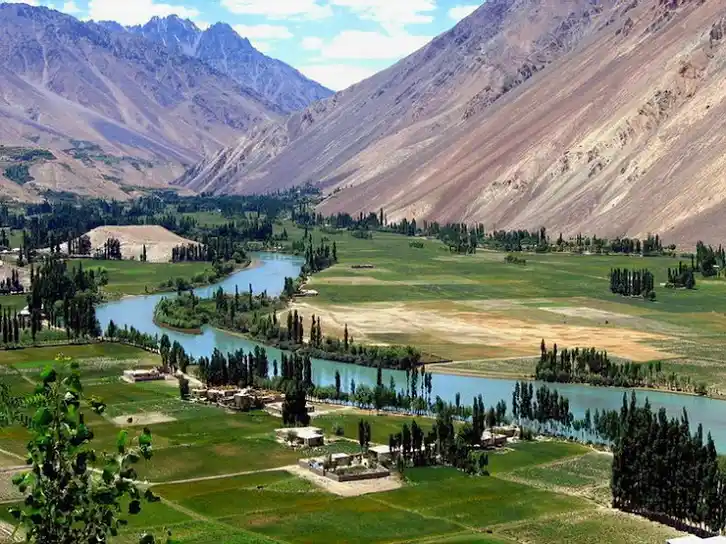
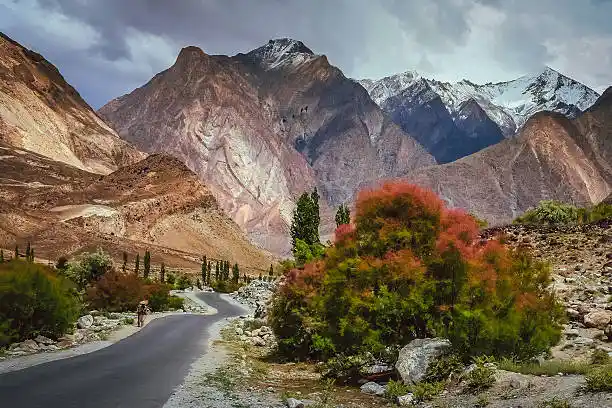
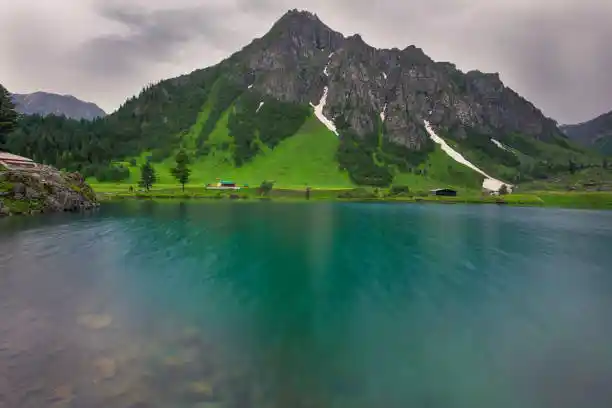
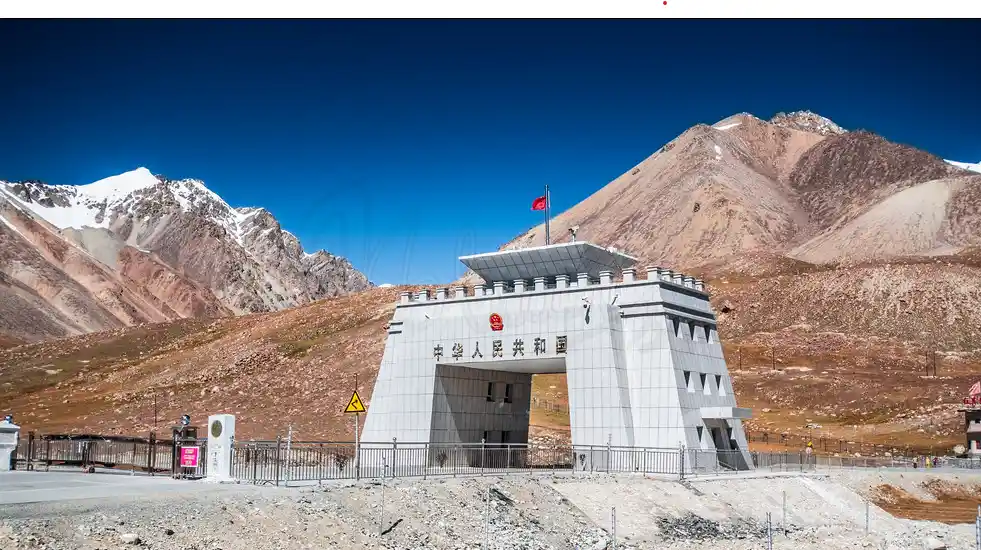
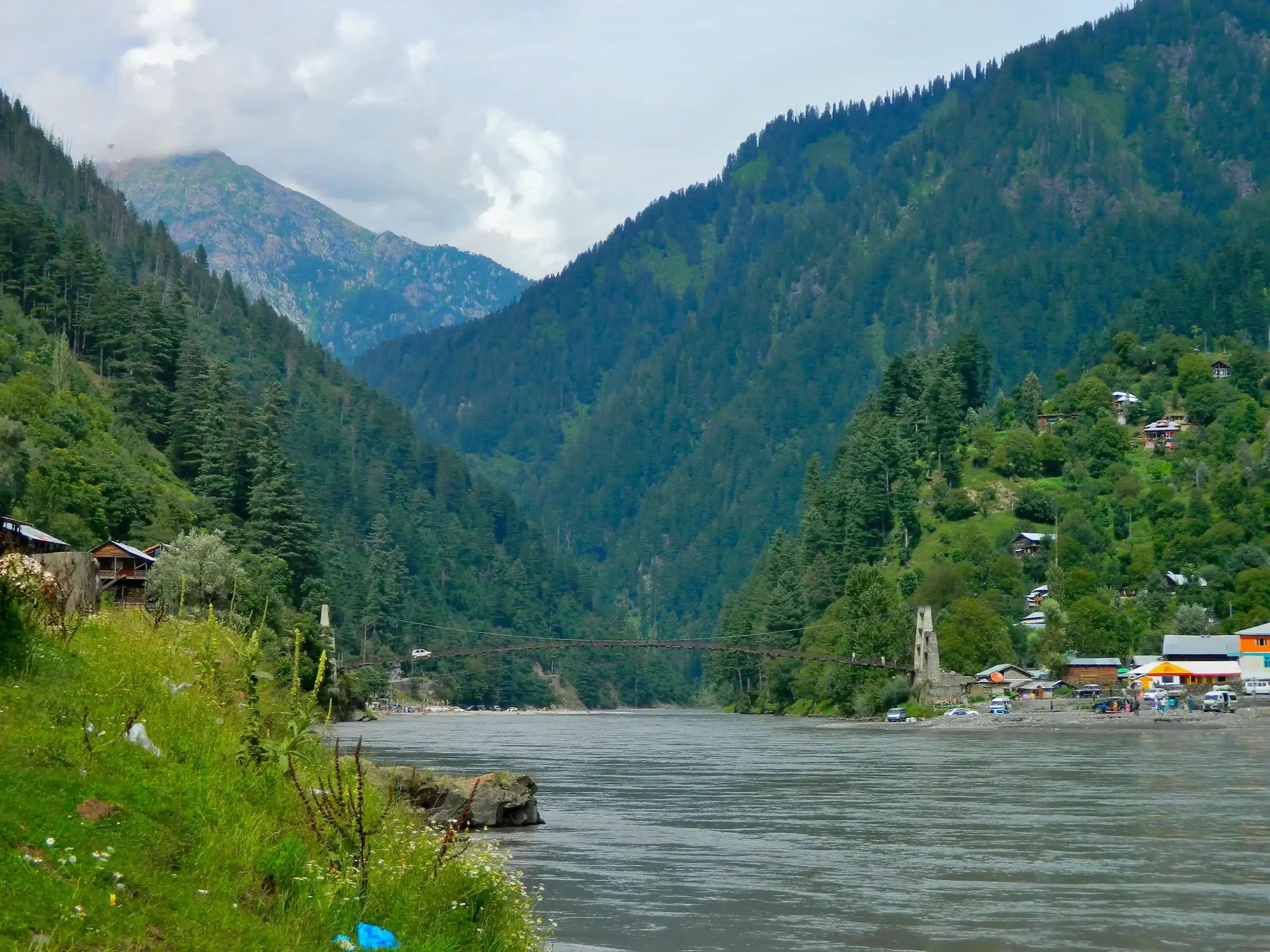

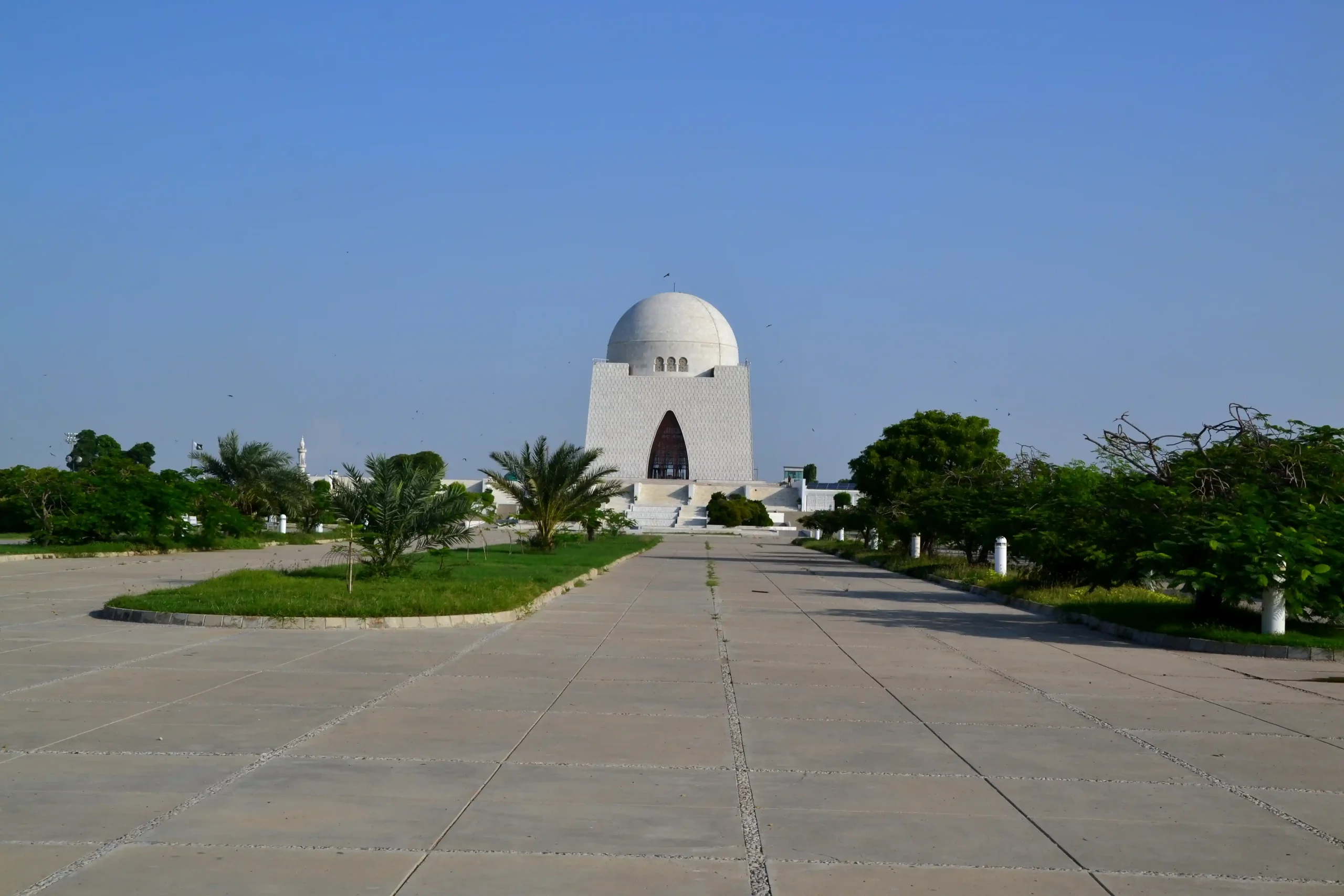
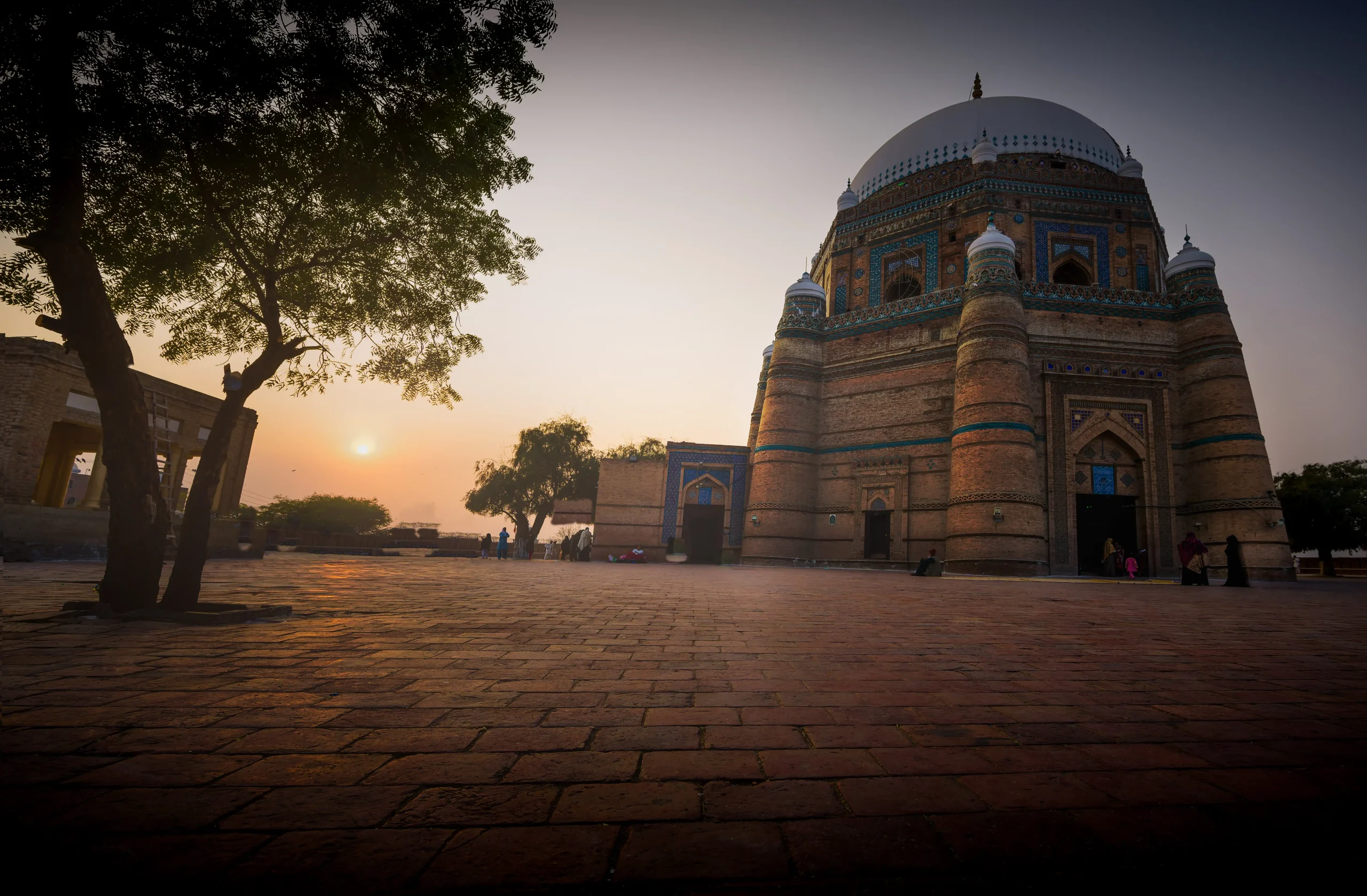
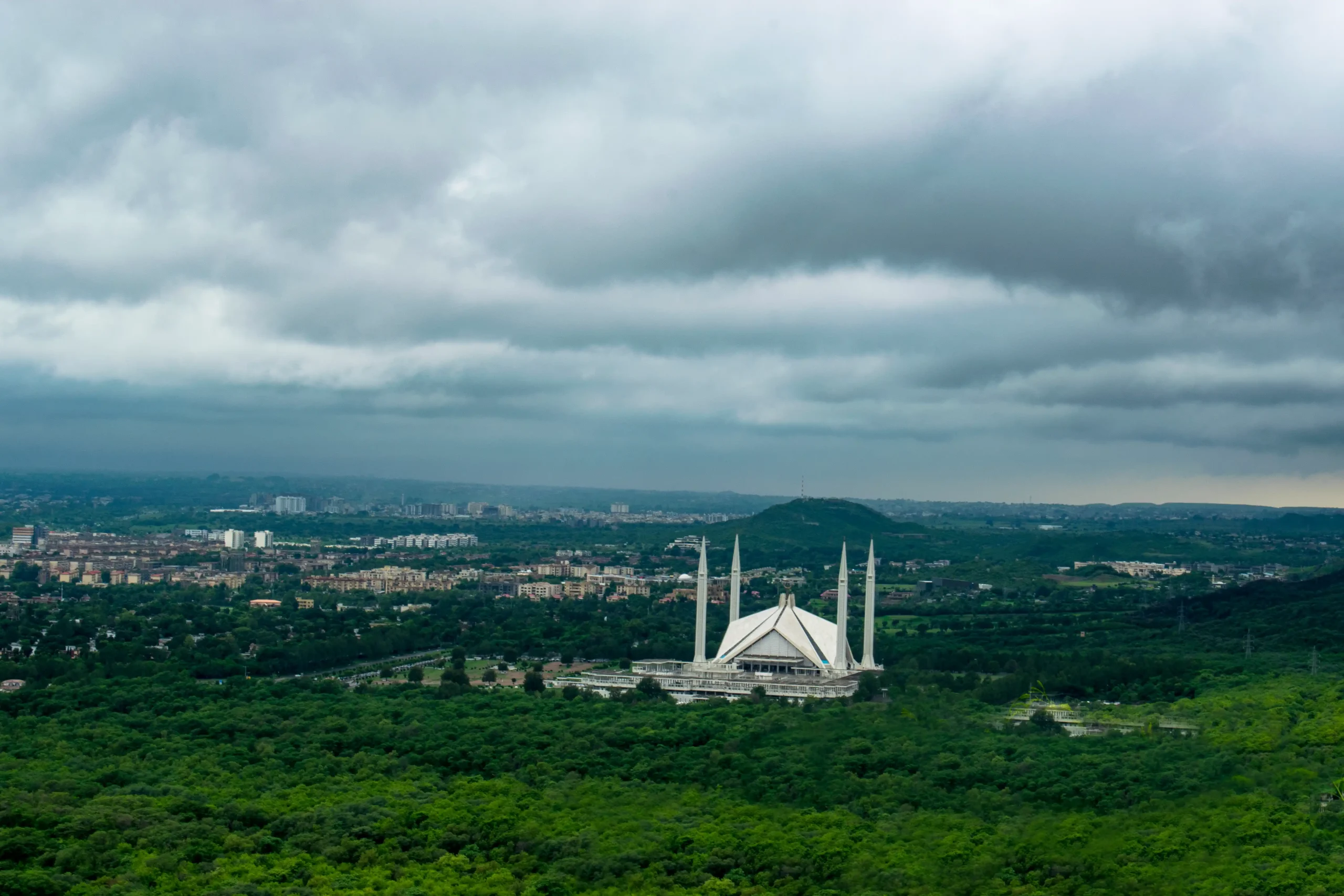
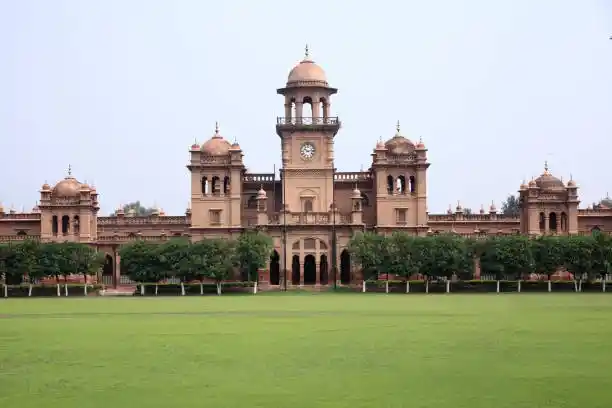
Leave a Reply
You must be logged in to post a comment.